Comma
Polygonia c-album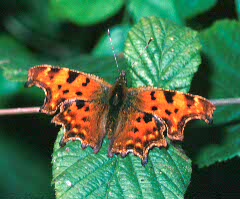
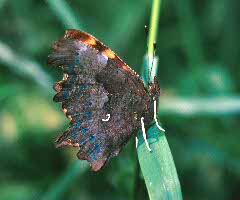
| Home | The Butterflies of Gloucestershire | Species | Habitats | Conservation |
CommaPolygonia c-album |
 |
 |
| 27 August 1978 | 17 August 1978 |
Habitat
Comma uses a variety of larval foodplants including Stinging Nettle
(Urtica dioica), Elms (Ulmus species) and Hop
(Humulus lupulus). In spite of its use of nettles, it is nowhere
near so common as one might expect. It is seen mainly in woods
and along hedgerows, where it often takes nectar from Bramble species
(Rubus). Commas are also seen occasionally in gardens.
The species hibernates in trees or shrubs, where the underside of its wings gives it the appearance of a dead leaf.
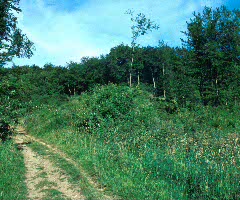 |
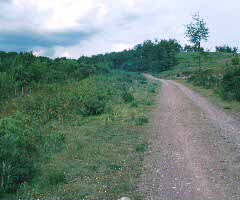 |
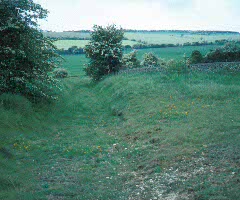 |
Conservation Issues
The species does not seem to be under threat at present. The variety
of larval foodplants means that it is not affected by the results of
Elm disease as much as White Letter Hairstreak.
|
Flight PeriodMarch to late April or early May for those surviving winter hibernation. A summer generation emerges in July, and a second generation in September.Most of the surviving butterflies go into hibernation by late September or early October.
DistributionThroughout the area.
|
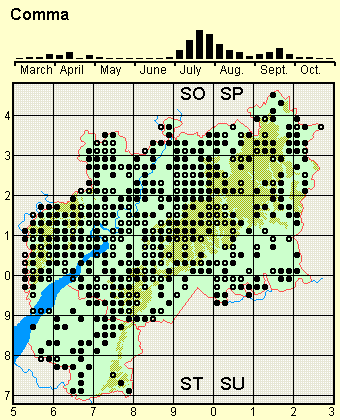 |